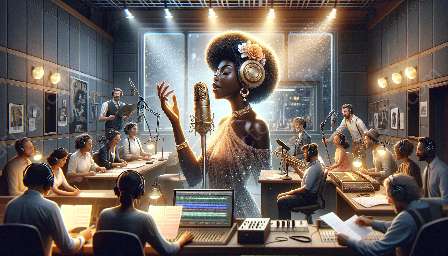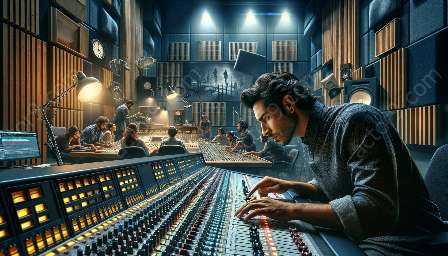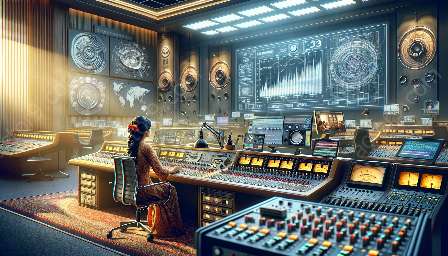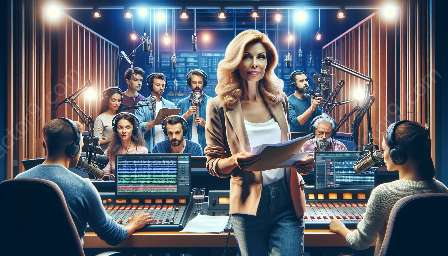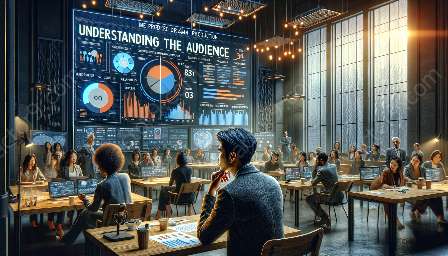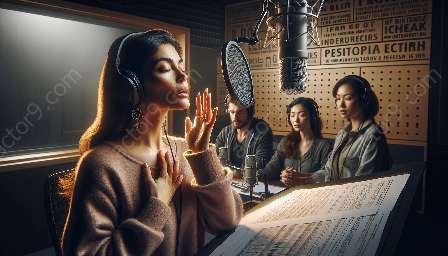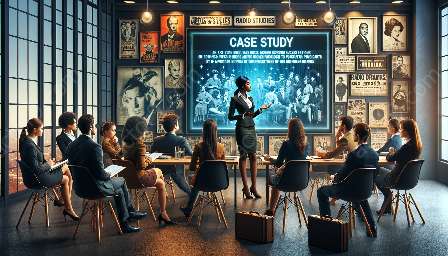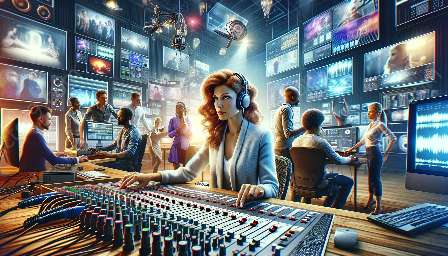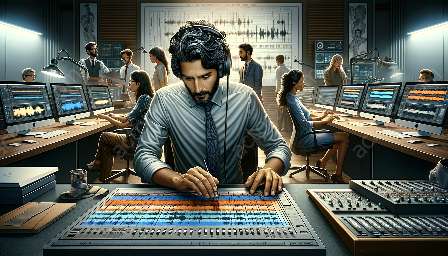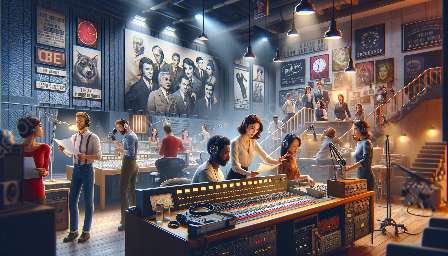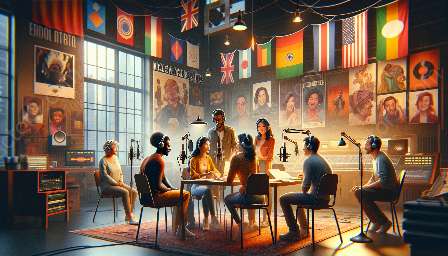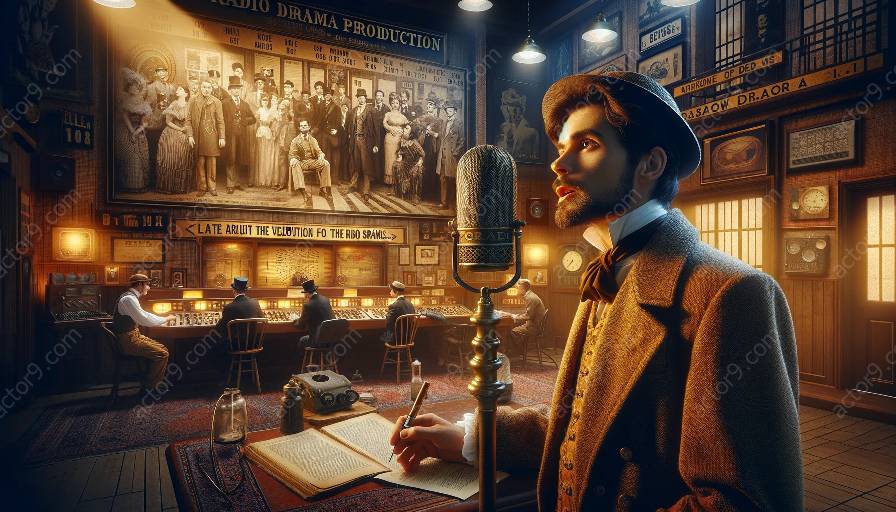Radio drama has long been a captivating form of entertainment, using the power of sound to create compelling narratives. Over time, the development of immersive storytelling in radio drama has evolved, influencing the historical development of radio drama and impacting its production techniques.
Historical Development of Radio Drama
Radio drama has a rich history that dates back to the early 20th century. It initially emerged as a means of bringing storytelling and theatrical performances to the airwaves, captivating audiences with sound effects and voice acting. The Golden Age of Radio, spanning from the 1920s to the 1950s, marked a significant period for radio drama, with popular shows like The War of the Worlds demonstrating the medium's ability to create immersive experiences through sound alone.
Throughout the years, radio drama continued to evolve, adapting to new technologies and audience preferences. As television became a dominant form of entertainment, radio drama faced challenges in retaining its audience. However, the emergence of digital audio platforms and podcasts has sparked a revival of interest in radio drama, paving the way for innovative storytelling techniques.
Immersive Storytelling in Radio Drama
The development of immersive storytelling in radio drama has revolutionized the way stories are told through audio. By leveraging techniques such as binaural recording, 3D soundscapes, and interactive elements, radio dramas can transport listeners to vivid and immersive worlds, engaging their senses and emotions in unique ways.
Furthermore, the use of dynamic sound design and music composition has elevated the level of immersion in radio drama, allowing for seamless transitions between scenes and enhancing the overall narrative impact. This evolution has blurred the lines between traditional radio drama and other forms of audio storytelling, creating a diverse landscape of immersive experiences for listeners.
Impact on Radio Drama Production
The rise of immersive storytelling in radio drama has had a profound impact on production techniques and creative processes. Audio engineers and producers now employ advanced recording technologies and spatial audio techniques to capture realistic soundscapes that draw audiences into the heart of the story.
Additionally, the integration of interactive elements and branching narratives has introduced new challenges and opportunities for scriptwriters and content creators, allowing for personalized and interactive storytelling experiences. By embracing innovative production methods, radio drama production has embraced a new era of creativity and engagement, expanding the possibilities of audio storytelling.

